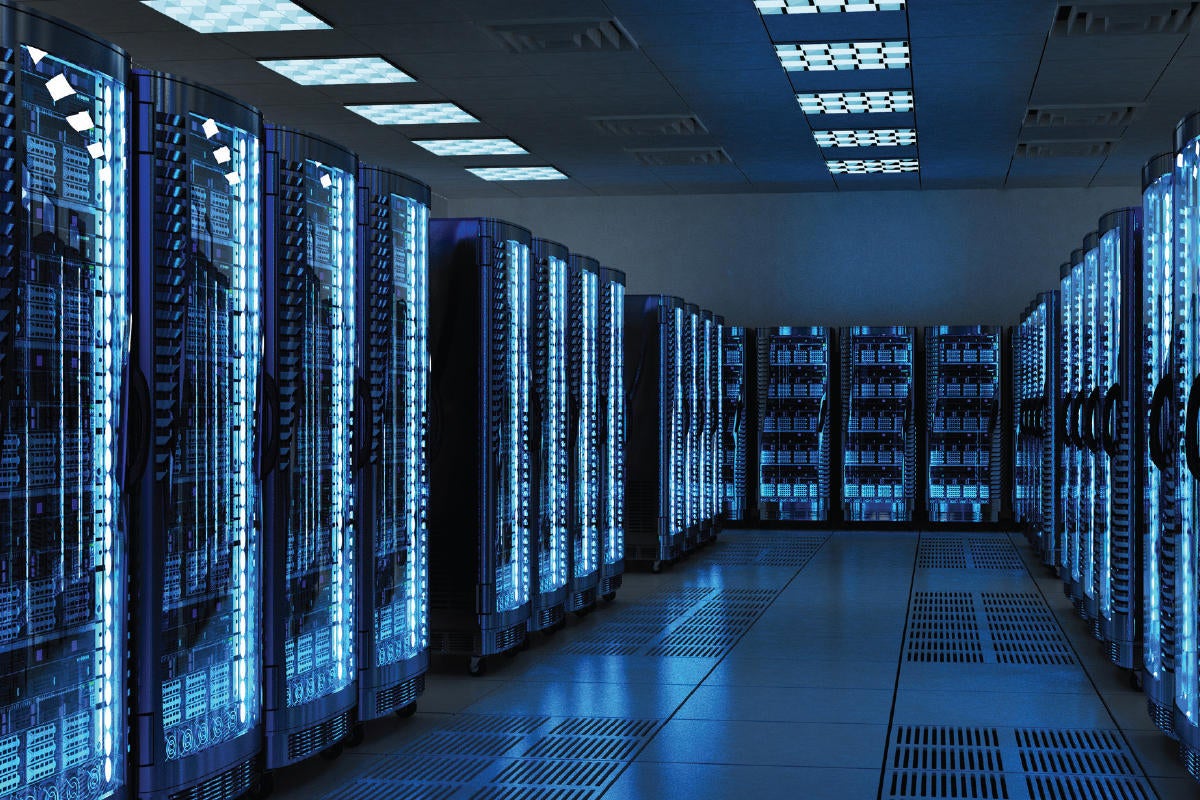
Seagate has upgraded its Exos Application Platform storage arrays with a new ASIC RAID controller that doubles performance and adds what Seagate calls self-healing to preserve data on defective hard disks.
The Exos X models are a rebranding of the old Exos AP line. The chassis can hold a mix of traditional hard disks as well as SSDs. It comes with software that automatically moves “hot” data, which is being frequently accessed, to SSDs, while less used, “cold” data is moved to the hard drives.
There are three Exos X products, defined by their size and drive-bay count. The 2U12 is a 2U chassis with 12 3.5-inch hard-drive bays; the 2U24 with is a 2U chassis has 24 drive slots; and the 5U84 with 84 slots in a 5U chassis. It has all of the standard connections: SAS, network attached SAS, Fibre Channel up to 32G, iSCSI up to 25G and a 10GBASE-T option as well.
The enclosures also come with Seagate’s new VelosCT controller, which doubles performance over the old controller with performance of up to 725,000 I/O per second at 1ms latency, sequential read speeds up to 12GB/s, and writes at 10GB/s.
The new systems also utilize Seagate’s ADAPT (Autonomic Distributed Allocation Protection Technology) erasure coding technology, which minimizes data-redundancy overhead and system rebuilds from data loss or drive failure.
Paired with ADAPT is a new technology, ADR (Automatic Drive Regeneration), which is the self-healing part. If a hard drive’s read/write head fails, ADR takes the failed head out of commission but leaves the remaining drive heads operational. This way you sacrifice the one platter on the drive instead of the whole drive, as is typical of drive failure. ADAPT then rebuilds the data from the dead platter elsewhere.
If a single head is taken out, you might come back with 90% of that capacity after the ADR action is finished, said Tom DiMauro, product manager for storage systems at Seagate. “And then in the background, we add that drive back into the pool seamlessly, so when the operation is complete, the data is rebalanced.”
He admits some people will be leery of leaving a broken hard disk deployed in a storage array, but said this is a first version of this technology and that it will become a really important TCO value proposition when hard drives start reaching 30TB and beyond in the next several years. Those drives have up to 10 platters and nine still in use is room for a lot of data.
“The ability to self-heal a device and keep the vast majority of that capacity in play really makes for much more efficient storage systems. Not to mention just the ability of administrators to not have to worry about changing out drives as frequently as they do in their data centers today. I think it’s a big deal,” he said.
The Exos X array ships later this month.

